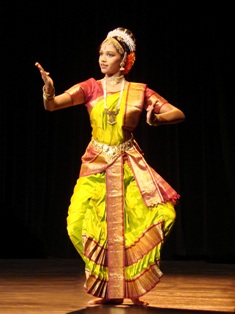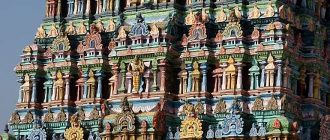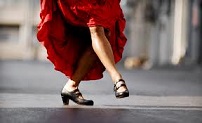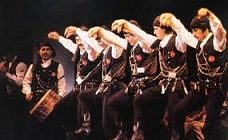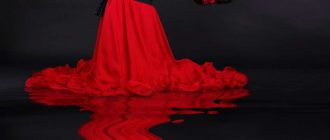Want to learn more about Indian dance costumes? Find out about the different kinds of costumes made for different dances…
Dance was an integral part of the life of most Native American tribes. Being an animist people as a whole, the dances were more spiritual in nature designed to appease the spirits in times of need such as droughts or to celebrate and give thanks at harvest time. Dances were also a centerpiece of the festivities on show at peace conferences and get togethers of tribes called pow wows. We shall look at a couple of Native American Indian dance costumes in this article.
Jingle Dress Costumes
This dress was designed in the late nineteenth century in the Ojibwe-Chippewa communities where various medicine men claimed that they had seen this dress and the dance in their dreams and had taught their wives how to do it. In some accounts, the dance was used to cure a sickly young girl, a daughter or grand daughter of the medicine man, and as such it has also become a healing dance.
The jingle dress is also used at pow wows and has rows of metal cones sewn across the skirt and sometimes on the blouse and sleeves as well. These cones produce the jingling sound which gives the dress its name. The dance is performed by a circle of dancers around a drum and is a low-stepping dance with the dancers moving in a writhing snake-like pattern without completing a full circle or dancing backward.
The dance and the dress became popular with the White Earth people as well and from there it had spread to the Lakota tribe and into the Dakotas and Montana by the 1920s. The dress was originally made of heavy fabrics in solid red, green, and black colors as well as brighter yellow and blue.
Modern jingle dresses are more multi-colored patchwork dresses with tin jingle plates or cones. Even children’s dresses may have upwards of one hundred jingles attached to the skirt, blouse, and sleeves. Feather fans are carried nowadays and feathers are also used in the head dress. Modern dancers may dance more intricate steps, turn full circles, and sometimes dance backwards and cross their footwork as well.
Ribbon Work Indian Dance Costume
Ribbon work is an old Native American dress and fabric making technique. Native American people were introduced in the sixteenth century to silk and by the early seventeenth century had created ribbon appliqué as an art form specially suited for dance costumes. When silk and other displays of ostentation became unfavorable in France after the 1789 French Revolution, the French used silk to trade with the Prairie and Great Lakes tribes of Native Americans that they were in contact with.
Initial ribbon work was simpler with layers of ribbons sewn on hemlines and along the edges of a dress. Later on, the ribbons were cut with jagged edges or outlined with cotton thread and intricate layering and juxtaposition was used to create optical illusions of patterns that were not actually there in the fabric but existed in the positive and negative spaces created by the appliqué work. Floral, diamond, crescent, heart, and other design elements are used in unique clan-specific mixes. The dresses are still most popular at tribal ceremonies and pow wows among the Prairie and Great Lakes Indians.

